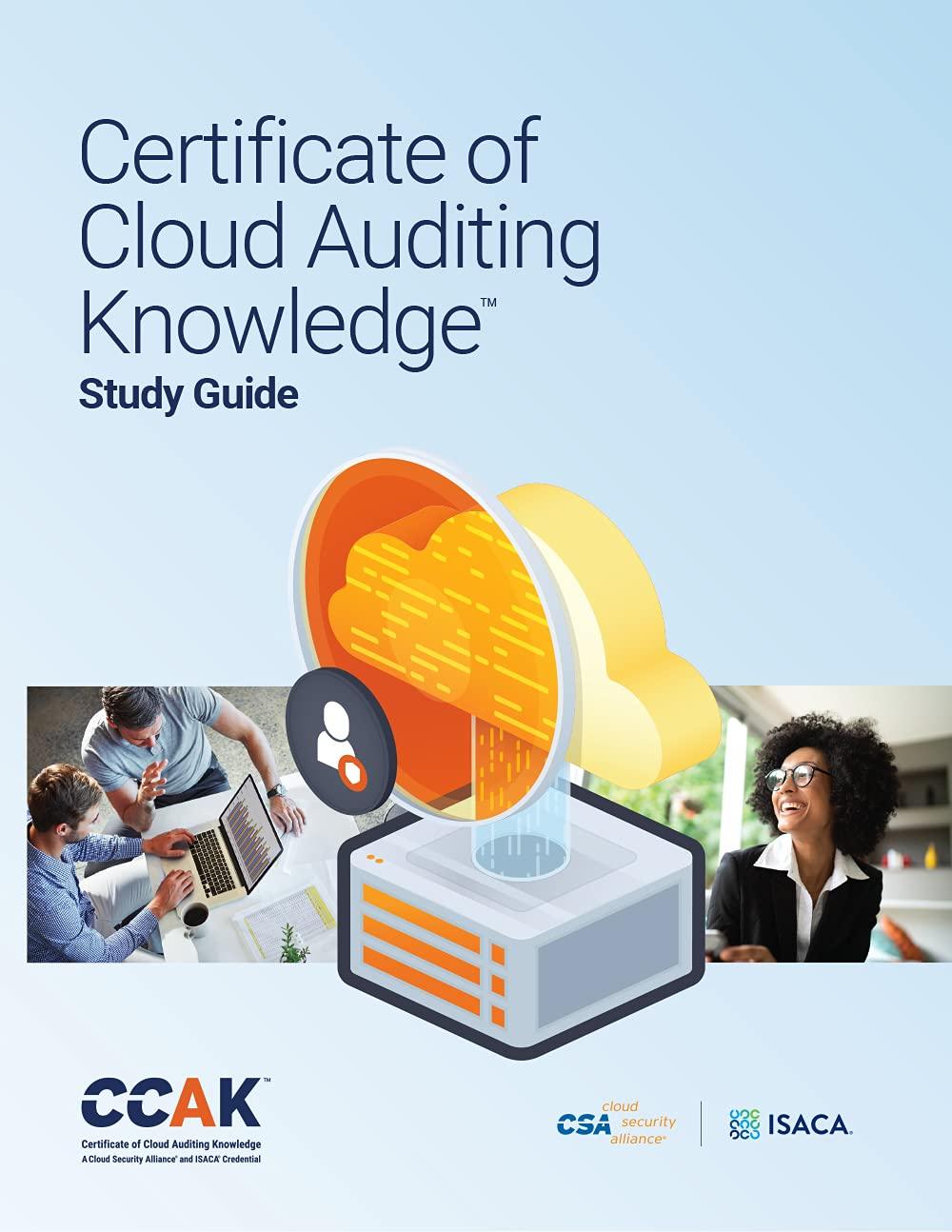Question
1.A company had net income of $189,000. Depreciation expense is $32,000. During the year, Accounts Receivable and Inventory increased $13,000 and $45,000, respectively. Prepaid Expenses
1.A company had net income of $189,000. Depreciation expense is $32,000. During the year, Accounts Receivable and Inventory increased $13,000 and $45,000, respectively. Prepaid Expenses and Accounts Payable decreased $2,000 and $7,000, respectively. There was also a loss on the sale of equipment of $4,000. How much cash was provided by operating activities?
A. $162,000
B. $216,000
C. $284,000
D. $168,000
2.
Buster Company reported net income of $62,000 for the year ended December 31, 2013. During the year, inventories decreased by $12,000, accounts payable decreased by $14,000, depreciation expense was $16,000 and a gain on disposal of equipment of $6,000 was recorded. Net cash provided by operating activities in 2013 using the indirect method was
A. $54,000.
B. $66,000.
C. $110,000.
D. $70,000.
3.
A prior period adjustment that corrects income of a prior period requires that an entry be made to
A. an income statement account.
B. the retained earnings account.
C. a current year revenue or expense account.
D. an asset account.
4.
In calculating cash flows from operating activities using the indirect method, a loss on the sale of equipment will appear as a(n)
A. subtraction from cash flow from investing activities.
B. addition to net income.
C. addition to cash flow from investing activities.
D. subtraction from net income.
5.
If a loss of $11,000 is incurred in selling (for cash) office equipment having a book value of $57,000, the total amount reported in the cash flows from investing activities section of the statement of cash flows is
A. $11,000.
B. $46,000.
C. $57,000.
D. $68,000.
6.
Kim, Inc. issued 5,700 shares of stock at a stated value of $12/share. The total issue of stock sold for $17/share. The journal entry to record this transaction would include a
A. credit to Paid-in Capital in Excess of Par for $28,500.
B. credit to Common Stock for $68,400.
C. debit to Cash for $68,400.
D. credit to Common Stock for $96,900.
Step by Step Solution
There are 3 Steps involved in it
Step: 1

Get Instant Access to Expert-Tailored Solutions
See step-by-step solutions with expert insights and AI powered tools for academic success
Step: 2

Step: 3

Ace Your Homework with AI
Get the answers you need in no time with our AI-driven, step-by-step assistance
Get Started


